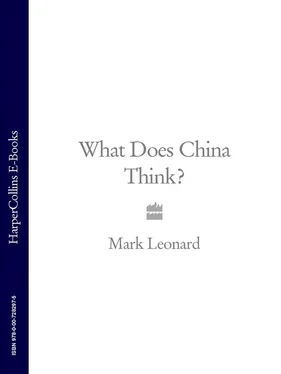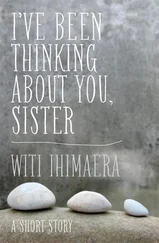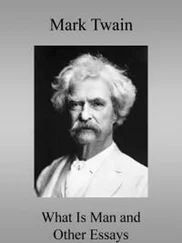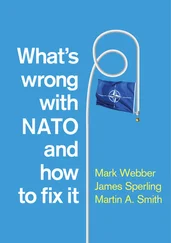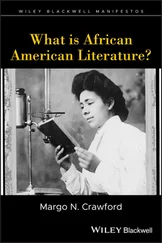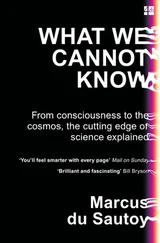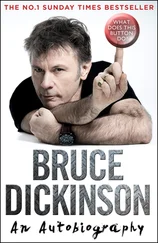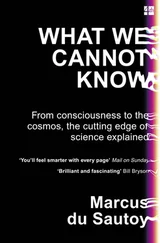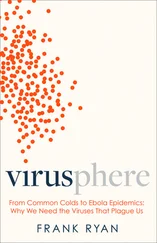This pattern of building zones of radical experimentation to gradually produce more valuable goods and services was the key to China’s success. It was very capital intensive, and needed to be financed by drawing on the country’s massive savings and the revenues from exports rather than domestic consumption. It was based on the commodification of labour, as the coastal regions could suck in endless numbers of workers from the countryside in order to depress urban salaries. And it was laissez-faire – allowing wealth to trickle down from the rich to the poor organically rather than consciously redistributing it. Deng Xiaoping pointedly declared that ‘some must get rich first’, arguing that the different regions should ‘eat in separate kitchens’ rather than putting their resources into a ‘common pot’. As a result, the reformers of the eastern provinces were allowed to cut free from the impoverished inland areas and steam ahead.
The take-off of the coastal regions seemed to back up the claims of generations of Chinese reformers that their country had been held back by the conservatism of its inland provinces, which prevented China from competing with maritime civilizations such as Britain, France, Japan and the USA which had embraced the market, trade and innovation. The reforms of the 1980s unleashed a process of social change that went far beyond economics. The Chinese called it a ‘cultural fever’. It reached a cresc-endo in June 1988 with the showing of a six-part documentary called River Elegy in prime-time on the main state television channel. The series used the story of the Yellow River – often referred to as ‘mother river’ because it is considered to be the cradle of Chinese civilization – to launch a full-frontal attack on China’s traditions.
Rather than accepting the romantic ideal of the Yellow River as the embodiment of Chinese greatness, the series presented it – with its countless victims from flooding and drought – as an enemy of the Chinese people; the ultimate symbol of their irrational, erratic and earth-oriented character. Each episode targeted a Chinese tradition that was holding the country back. For example, the Great Wall was treated as a symbol of meaningless isolation, while the Ming dynasty was attacked for its ban on maritime activity. The pungent style of the narrator drove this point home in the very first episode: ‘There is a blind spot in our national psyche: it is a vague belief that all of the shame of the past century is the result of a break in our glorious history. Ever since 1840, there have been people who have used the splendours and greatness of the past to conceal the feebleness and backwardness of our present state … Yet the fact remains, our civilization is moribund.’ The narrators pleaded with China to break the bonds of traditional society that had prevented the country’s modernization. China, they argued, must now turn away from the countryside, focusing not on the Yellow River, but rather on the blue world of the ocean and the world beyond. The final images of the series show the Yellow River dissolving into the powerful sea which symbolizes the might of the Western world which has embraced modernity. In China’s universities and colleges, students spontaneously discussed and debated the issues raised in each episode of River Elegy . Five million copies of the script were sold as it became an instant best-seller. The reformist prime minister Zhao Ziyang arranged for the series to be re-aired on the main TV channel, Chinese Central Television.
Less than a year after the series was aired, the cultural fever took a decidedly political turn in the Tiananmen Square demonstrations of 1989. What began as a memorial march for the former Communist Party Secretary General Hu Yaobang on 15 April soon turned into a catch-all protest for political reform, workers’ rights and an end to official corruption. This incredible display of people power that dominated the streets of Beijing for six weeks gave the world a glimpse of a democratic China until it was abruptly wiped out by soldiers and tanks on 4 June 1989. The crackdown was more than a human tragedy; it became a defining moment in China’s political and economic development.
The two stories of Tiananmen
One of the students who was glued to the television during episodes of River Elegy was Wang Hui. He had been working on a PhD in Chinese literature when he joined the student demonstrations of 1989. Like most young intellectuals Wang Hui was a supporter of Deng Xiaoping’s ‘Open Door’ policies and a believer in the potential of the market. But when Wang Hui left the demonstrations for the last time he embarked on an intellectual journey that would change his world-view: ‘In the early morning of 4 June 1989, as I departed from Tiananmen Square in the company of the last group of my classmates, I felt nothing but anger and despair.’ As the government rounded up and punished the organizers of the protest, Wang Hui took off to the mountains and spent two years in hiding, getting to know peasants and workers whose experiences made him doubt the justice of unregulated free markets, and convinced him that the state must play a role in preventing inequality.
Until 1989, reformist intellectuals had been united in a journey to the West, regarding political and economic liberalism as a seamless whole, one that would benefit all Chinese people. Their enemies were the ‘conservatives’ who supported the Maoist status quo. After the bloodshed the reformers split into two camps: a ‘New Right’, led by thinkers like Zhang Weiying, who see free markets as the most important goal and are willing to make an accommodation with political authoritarianism; and a ‘New Left’, about whom we will hear more later, led by scholars such as Wang Hui, who emphasize equality and political democracy at the expense of total market freedom.
These tensions had been inherent in the demonstrations themselves. In the West, we saw Tiananmen as a confrontation between a brutal, unreformed communist state and a group of students longing to be part of the capitalist world of liberal democracy. But, in an important essay on the meaning of 1989 (which he wrote retrospectively from exile in 1997), Wang Hui takes the spotlight off the intellectuals and students and puts it on a wider group of workers who came to the square with more concrete social and economic demands. Their involvement in the protests had been triggered by mounting discontent about the radical market reforms of 1988 which had set off rocketing inflation and inequality. These workers had no interest in being part of the West. In fact, what they wanted was price stability, social security and an end to corruption and speculation. Wang Hui sees their concerns as part of the global resistance to neoliberalism, comparing Tiananmen to the anti-globalization riots that erupted in Seattle and Genoa.
According to Wang Hui, there were two different agendas in the square: one group wanted social welfare and protection from the market; the other wanted democracy and protection from the leviathan Communist state. If the protesters had faced in two directions, so did the repression that followed it. According to Wang Hui, the crackdown not only silenced calls for democracy, it also ended public debate about inequality. Once the tanks had done their work, the process of marketization speeded up. The price reforms that had been called to a halt in the second half of 1988 were implemented in September 1989. After Deng Xiaoping reasserted himself over the conservatives in 1992 – using his famous ‘Southern tour’ of the coastal cities of Guangzhou and Shenzhen to restate the case for reform – many more changes followed. The corruption, the smuggling, the unfair distribution of assets, the influence of interest groups on public policy, the overdevelopment of real estate, the problems with the social welfare system and environmental concerns, which the protesters had complained about, got steadily worse.
Читать дальше
